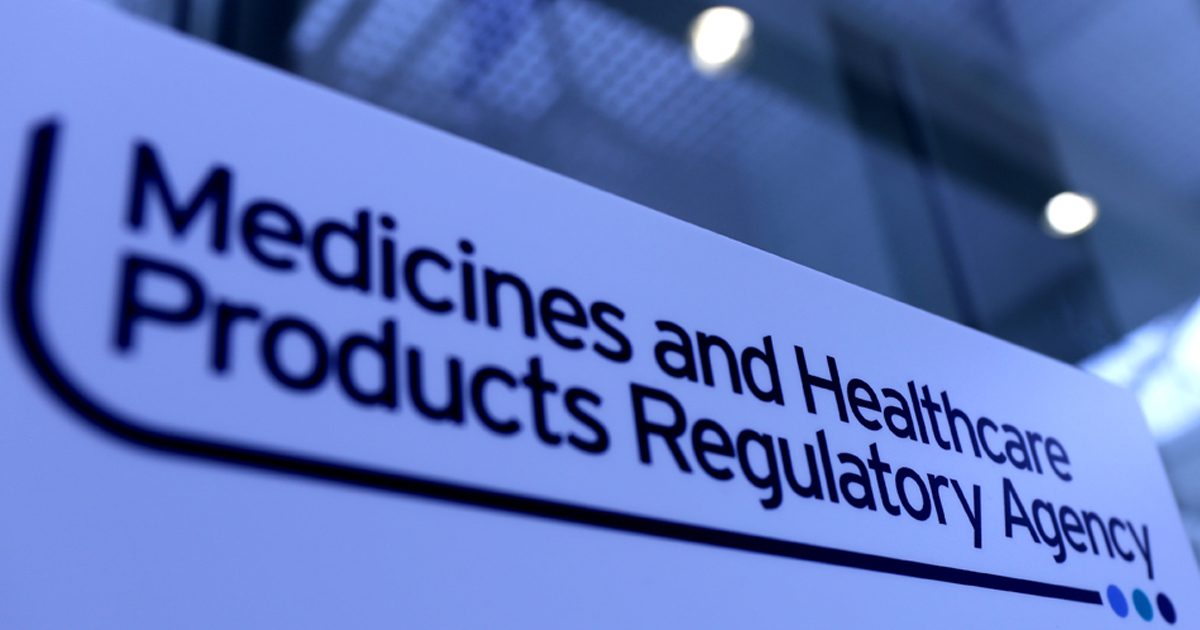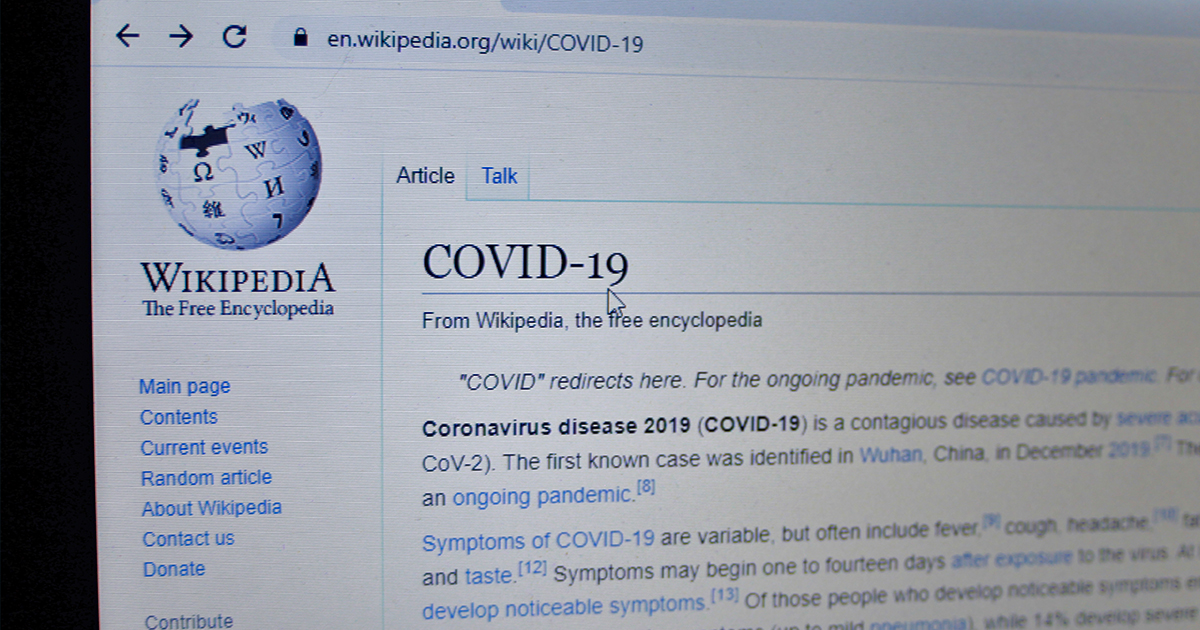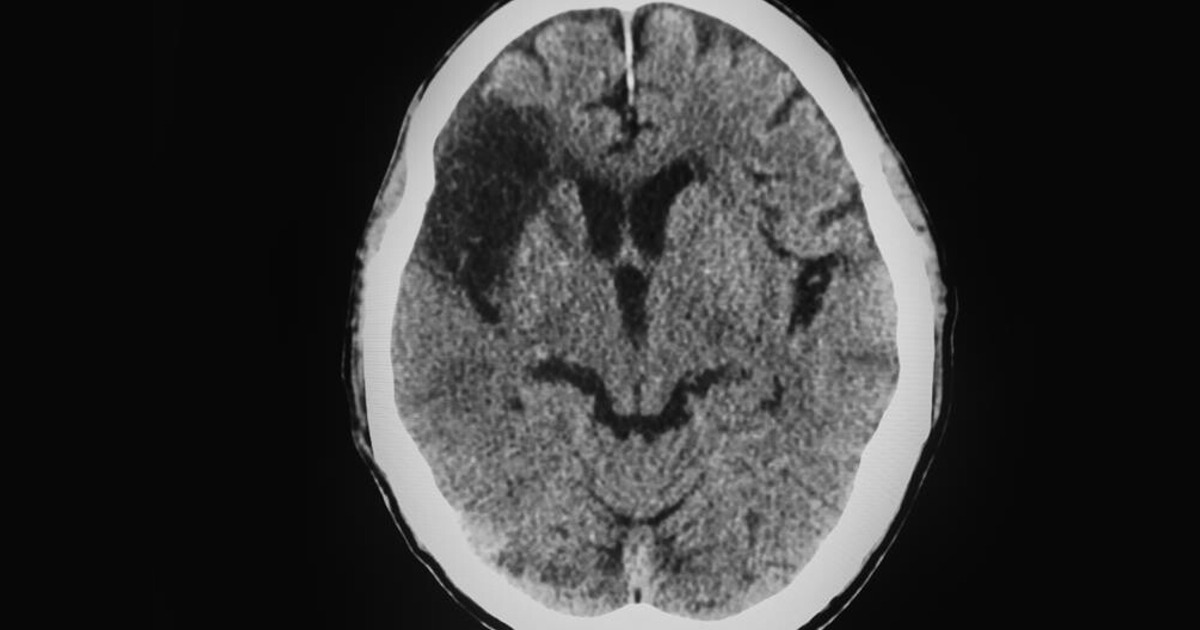The US Food and Drug Administration (FDA), Health Canada, and the UK Medicines and Healthcare Products Regulatory Agency (MHRA) have identified principles for good machine learning practice.
The FDA, Health Canada, and the MHRA jointly identified the ten guiding principles for the development of machine learning best practices (GMLP). The main idea is to promote the use of safe, regulated and quality medical devices that use Artificial Intelligence (AI) and machine learning.
“With artificial intelligence and machine learning progressing so rapidly, our three regulatory agencies together see a global opportunity to help foster machine learning best practices by providing guiding principles that we believe will support the development and maturation of best practices. machine learning,” explained Bakul Patel, director of the FDA Digital Health Center of Excellence.

He also explained that the guiding principles that worked with the health authorities of Canada and the United Kingdom will provide decisive support to developers of devices based on machine learning that “have the potential to significantly improve the quality of patient care and transform medical care. ”, according to Patel.
The "Guide to Good Practices of machine learning for the development of medical devices: guiding principles", was published on October 27, 2021. In summary, the ten principles are the following:
- Multidisciplinary expertise is leveraged throughout the product lifecycle
- Good security and software engineering practices are implemented
- Clinical study participants and data sets are representative of the intended patient population
- The training data sets are independent of the test sets.
- Selected reference data sets are based on best available methods
- Model design is tailored to available data and reflects the intended use of the product
- The focus is on the performance of the AI human team
- Tests demonstrate device performance under clinically relevant conditions
- Users receive clear and essential information: Users have easy access to clear and contextually relevant information that is appropriate for the intended audience (such as healthcare providers or patients)
- Deployed models are monitored for performance and retraining risks are managed
You can consult the complete guide in the following link: https://www.gov.uk/government/publications/good-machine-learning-practice-for-medical-device-development-guiding-principles/good-machine-learning-practice-for-medical-device-development-guiding-principles
AI MEAS
FDA
UK GOV





